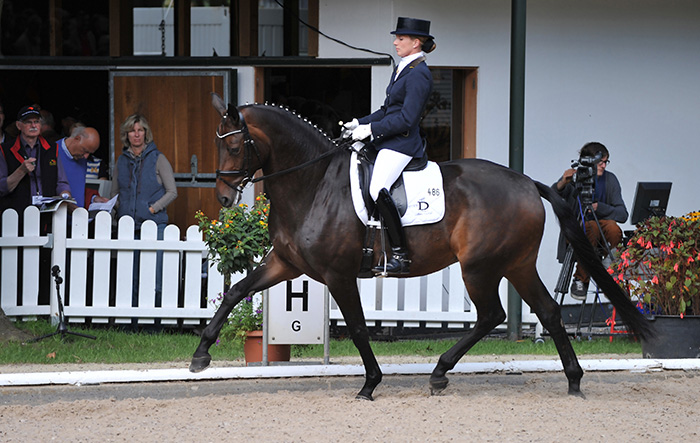Share Andrew McLean’s insights to training, and understanding our equine partners, essential knowledge for all:
“In dressage, voice aids are not used in competition. Instead, as the horse learns to respond from lighter rein and/or leg aids, the horse becomes increasingly aware of the associations of seat and weight that naturally occur with rein and/or leg aids if the rider’s position is correct.
These responses are learned through classical conditioning as the seat and weight aids occur just before and during the rein and /or leg aids.”
“The light aid should be attached to the stronger aid that comes after it. It should not be isolated by a gap in time before the stronger aid. In horse training, the time gap between the light aid and the stronger pressure should be the same as the time gap in between footfalls in the rhythm of the gait – all responses should have occurred by the count of 3. In other words the stronger pressure comes very swiftly after the light aid. Training horses effectively therefore requires skill and speed in decision-making and action.”
Andrew McLean, PhD
Dr Andrew McLean, PhD (Equine Cognition & Learning), BSc (Zoology), Dip Ed
Co-Director, Equitation Science International
Read more here:

